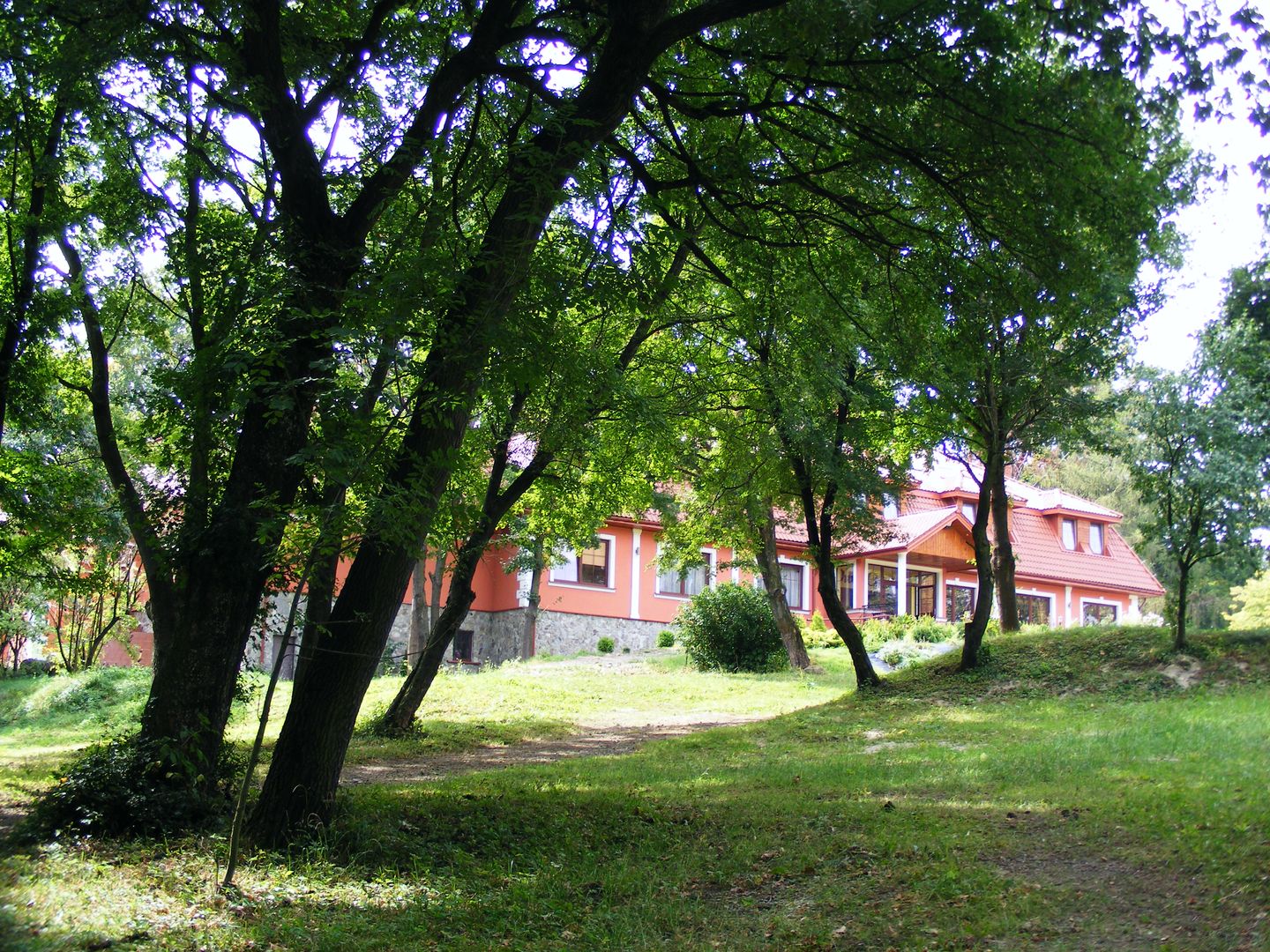Klimkówka
6.35

Overview
Klimkówka is a village located in the Podkarpackie Voivodeship, within the municipality of Rymanów, with a rich history dating back to the 13th century. Its name likely derives from its owner, Klimek, and appears in various forms in historical documents. During the Middle Ages, the village was owned by the Gorajski family and later passed into the hands of Dobiesław Oleśnicki and his descendants. In the 18th century, Klimkówka came under the ownership of the Ossoliński family, and from 1793 it became the property of the Ostaszewski family, who managed it until 1945, introducing modern industrial solutions such as activated carbon production and oil extraction. During the interwar period, the Ostaszewski manor, built of larch wood, was in much better condition, and its interesting architectural elements, such as the veranda and terrace, attracted attention. Today, these structures can only be remembered, as the manor burned down after World War II.
Klimkówka is also an area rich in traditions and legends, connected with the local Church of the Finding of the Holy Cross, built in 1868, which references the legend of the miraculous discovery of a crucifix. The parish church of St. Michael the Archangel, built in 1854, is decorated with Art Nouveau polychrome and a late Gothic painting "The Vision of St. John on Patmos." The area also has rich archaeological resources, indicating settlement since the Neolithic period. The inhabitants of Klimkówka were known for German settlement, and some surnames have Germanic origins, which is why the village is often referred to by locals as "Sweden." Klimkówka is also a well-known tourist destination with hiking and cycling trails, attracting nature lovers and those seeking active recreation. Additionally, the village is associated with figures who tragically lost their lives in the Katyn massacre during World War II, underscoring its significant place in Polish history.
Location
2025 Wizytor | All Rights Reserved